For new off-road machinery riders, the concept of piston rings might be unfamiliar since external parts are often more obvious. However, piston rings are easy to wear when they work under high temperatures, high pressure, and high speed. It increases gaps, reduces sealing, and ultimately affects engine performance. So, understanding the signs of bad piston rings and knowing how to replace them can save you costs.
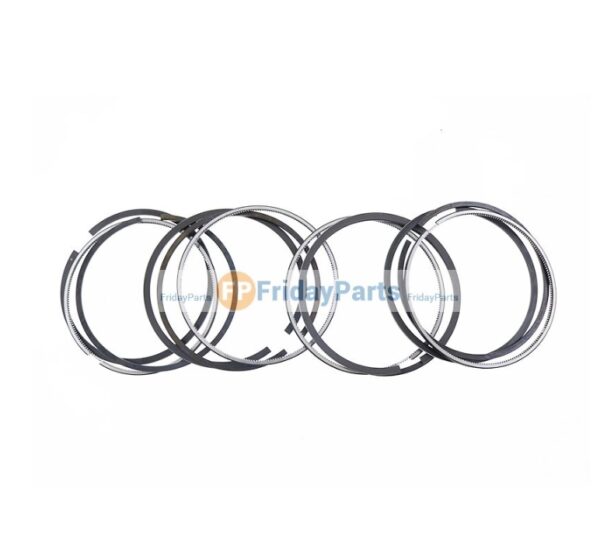
Symptoms of bad piston rings
Increased oil consumption and blue smoke
Worn or damaged piston rings can cause oil to leak into the combustion chamber, leading to significant oil leakage into the cylinders. This results in blue smoke from the exhaust pipe, especially noticeable when the engine is first started and the cylinder temperature hasn’t fully risen.
Abnormal exhaust emissions
Also, bad rings allow combustion gases to escape from the top, causing exhaust emissions to appear smoky or discolored (e.g., blue or black).
Reduced engine power
Reduced sealing performance of the piston rings causes pressure loss within the cylinder and creates gaps between the ring surface and cylinder wall. During combustion, these gaps allow high-pressure gases to escape into the oil pan. Consequently, engine power output decreases, and the oil becomes contaminated, reducing its performance and lifespan. Severe wear or sticking can also make the engine difficult to start and cause persistent power loss.
Increased engine noise
It leads to larger gaps between the piston and cylinder wall, resulting in increased noise. This noise can include knocking, friction noise, vortex noise, and airflow noise.
White smoke
It can allow a large amount of coolant to enter the combustion chamber, resulting in white steam in the exhaust.
Replacement steps of piston rings
- Remove the cylinder head and oil pan to access the pistons.
- Disassemble the engine block, taking care not to damage the cylinder surface.
- Remove the connecting rod end to extract the piston and connecting rod from the top of the cylinder. Carefully inspect the piston, connecting rod, and other parts for abnormal wear.
- Use a piston ring removal tool to carefully take off the old one.
- Use a piston ring compressor to compress and install the new one onto the piston.
- Ensure each ring is correctly installed and can move freely.
- Reinstall the piston and connecting rod assembly with new piston rings into the cylinder.
- Conduct a full engine tune-up and test run.
Piston ring replacement cost
The cost of replacing piston rings in off-road machinery generally ranges from $200 to $500, depending on the engine size and piston ring specifications. If you opt for OEM (original equipment manufacturer) parts and have the replacement done by a professional repair shop, the cost can be as high as $500. However, if you choose aftermarket piston ring kits and perform the replacement yourself, the cost can be controlled at around $200. This approach can reduce expenses by approximately 30% to 50%.
Contact us to fix your bad piston rings
Experienced drivers can easily detect piston ring failures, while new drivers may find it challenging. However, after reading this article, you will find it easier to identify these issues. Addressing them promptly is crucial for extending the engine’s lifespan, so replacing piston rings is essential.
At FridayParts, you can find what you need to minimize engine wear and repair damaged ones. If you can’t find what you need, please feel free to contact us. Our professional customer service team will be glad to help you. For more aftermarket parts, please visit the FridayParts site.

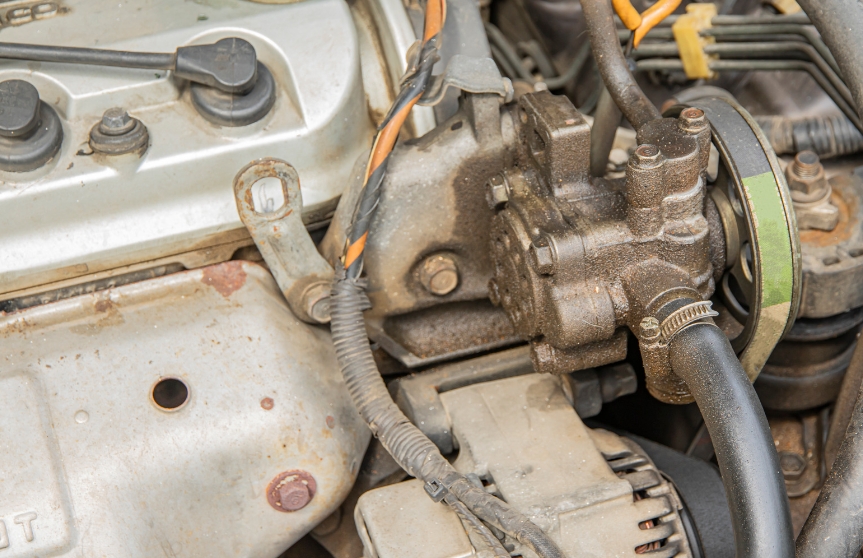
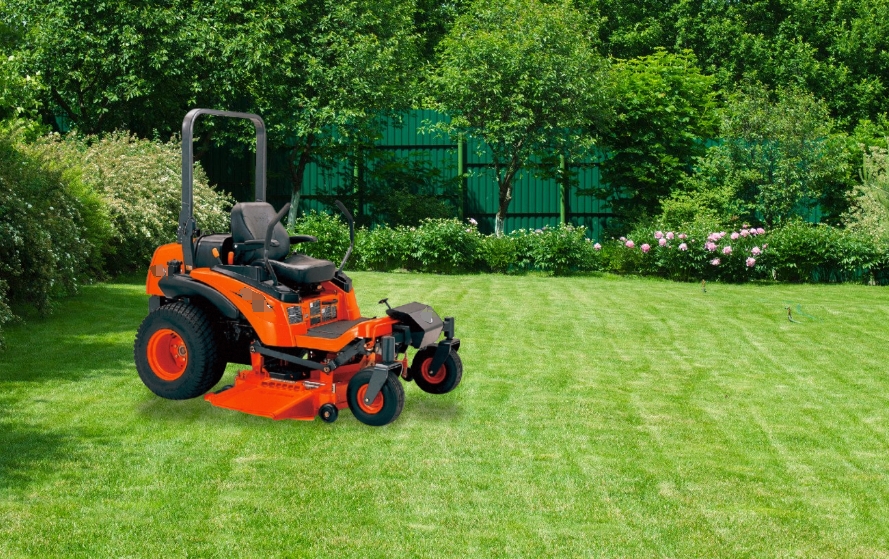
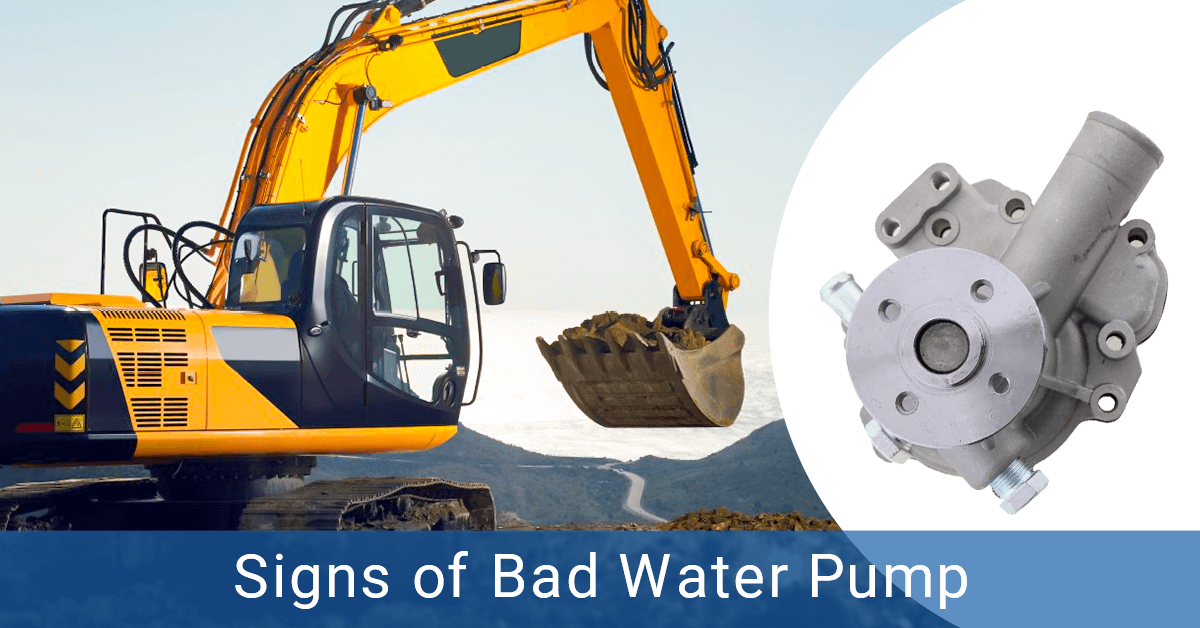


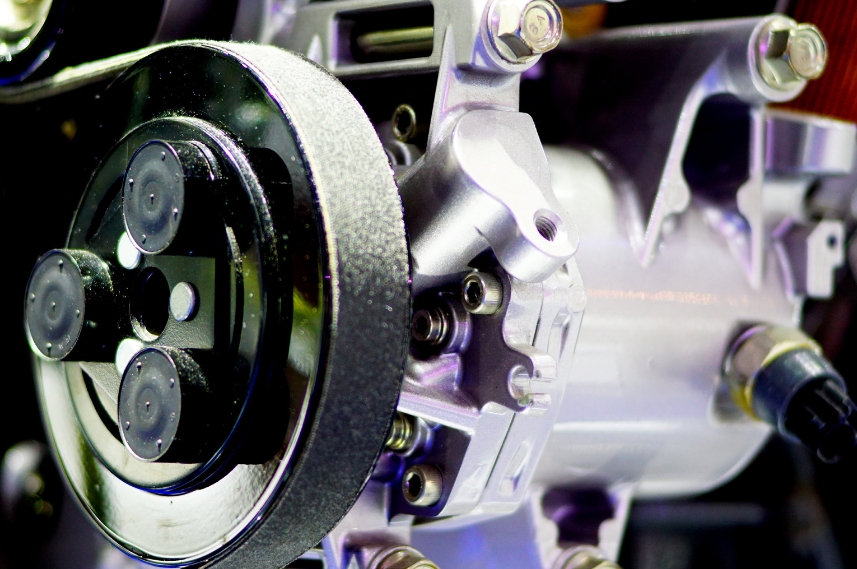
Leave A Comment